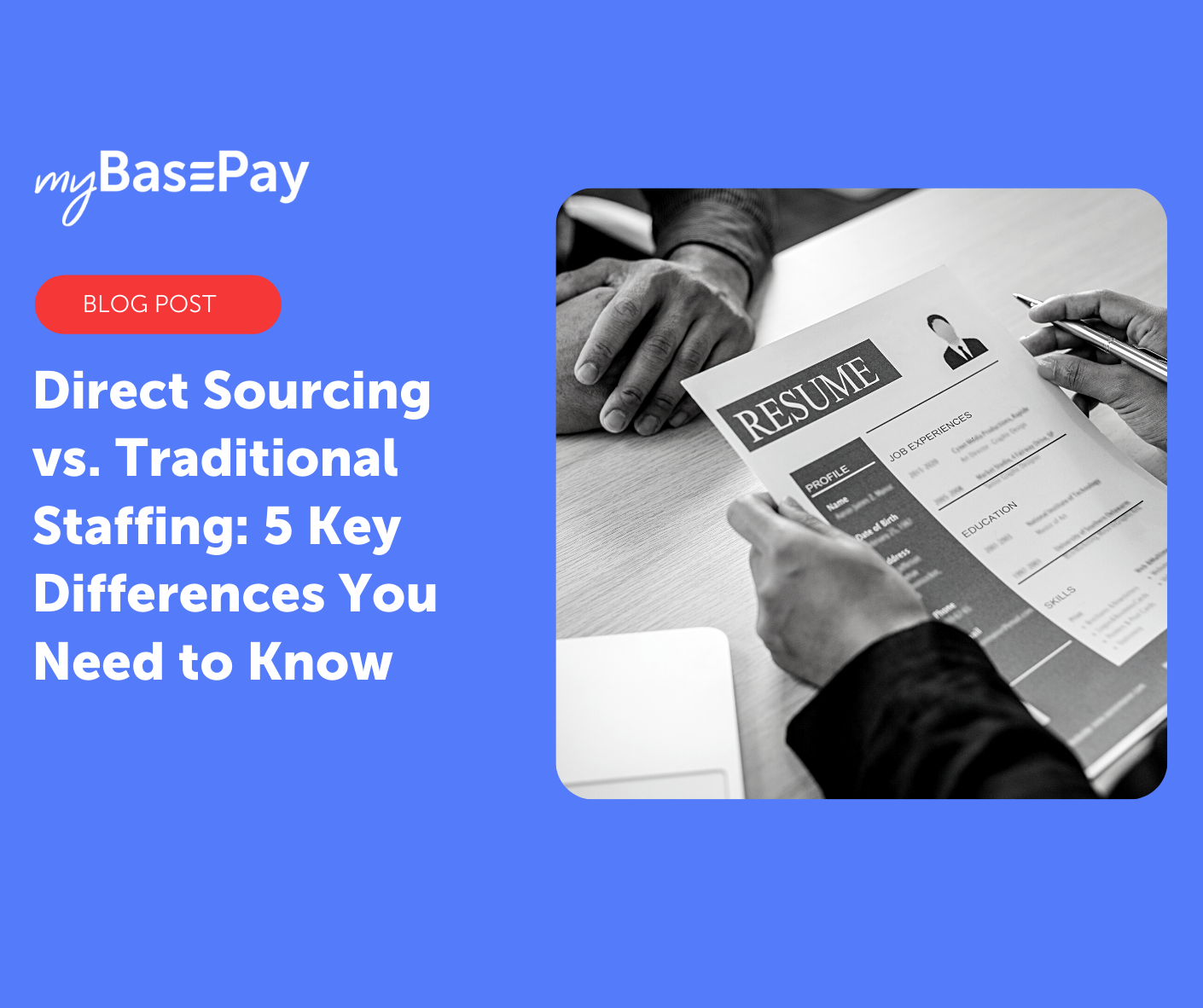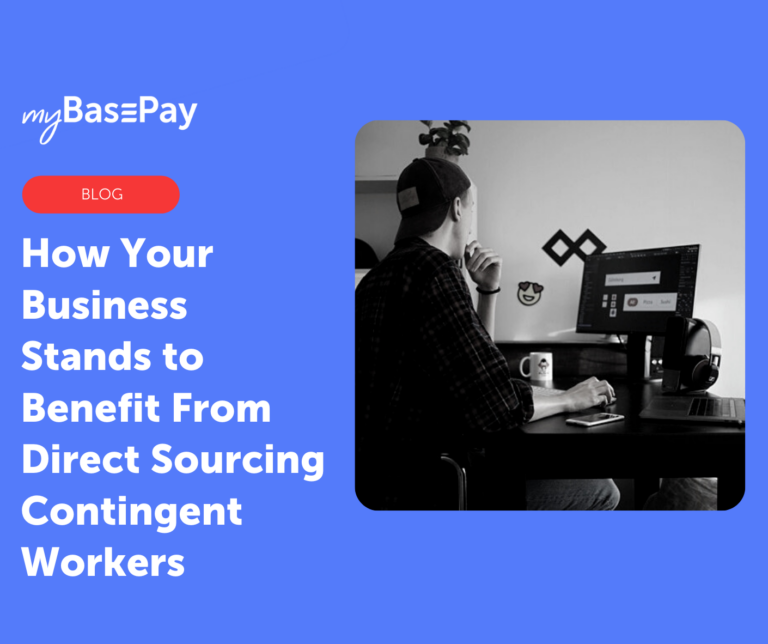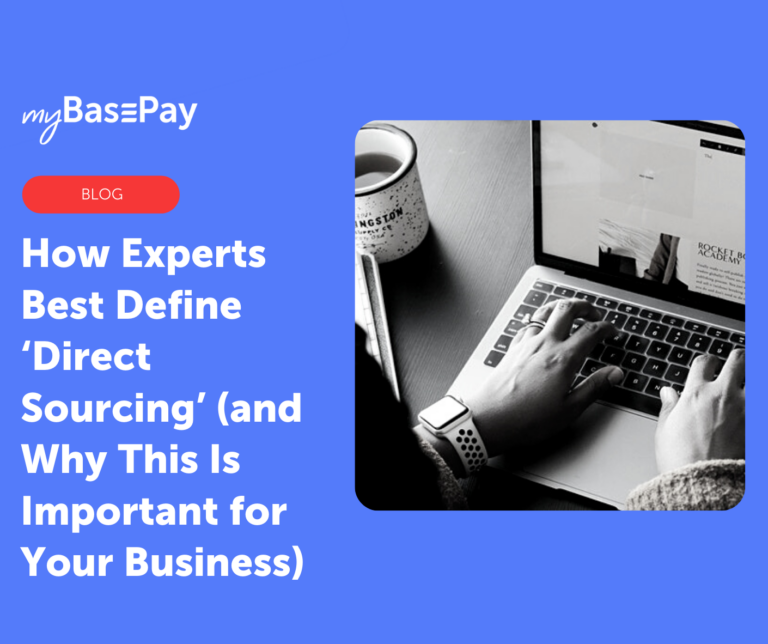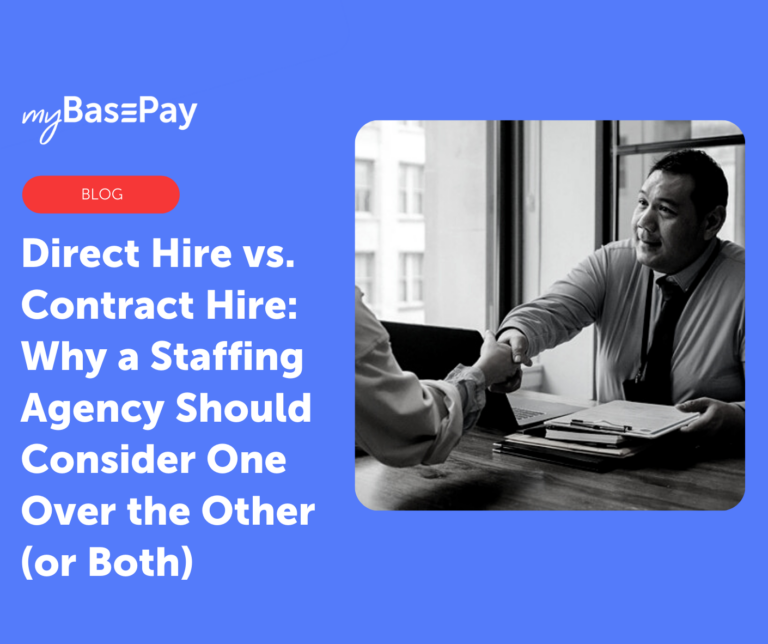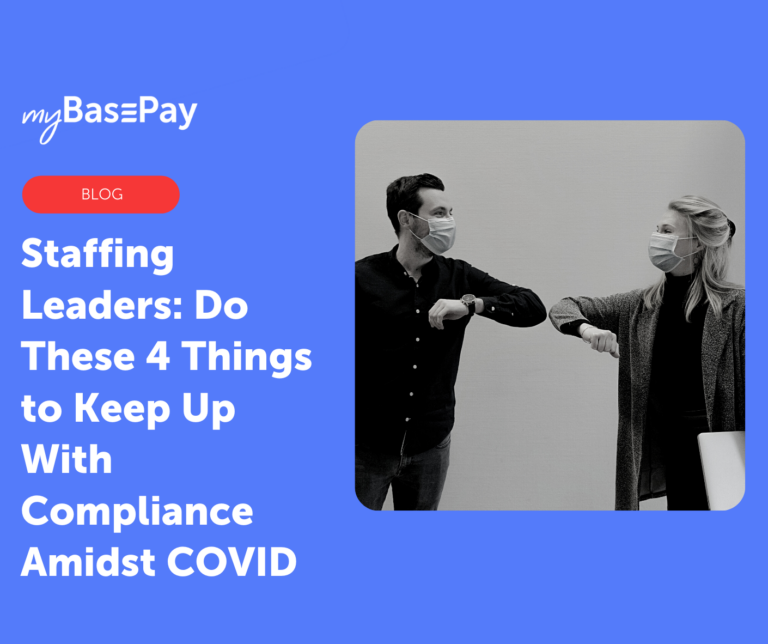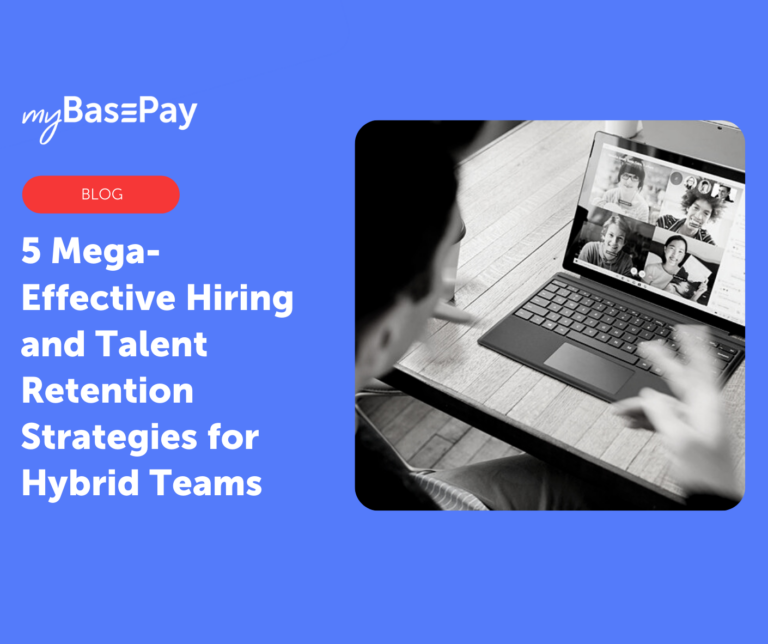Direct Sourcing vs. Traditional Staffing: 5 Key Differences You Need to Know
Direct sourcing is a unique hiring method that offers several significant advantages to those who use it. Not surprisingly, many of these advantages stem directly from how direct sourcing differs from the traditional staffing model.
The following are some essential differences that can help you determine whether direct sourcing is right for your company.
1. An Emphasis On Contingent Workers
Businesses are generally looking for full-time talent to fill a long-term position in a traditional staffing model. On the other hand, direct sourcing is uniquely suited to meet the needs of businesses that work with an ever-increasing number of contingent workers.
In 2021, more businesses were relying on freelancers and contract workers than ever. The number of freelance job postings rose 41 percent from Q2 2019 to Q2 2020, hitting 605,000 openings.
Because direct sourcing focuses on building and curating a talent pool that an organization can turn to time and time again. It is distinctly suited for organizations that repeatedly work with contingent workers. Re-engaging top talent enables faster, more streamlined hiring when filling job requisitions for a new project.
For businesses that repeatedly hire contingent workers for new projects instead of periodically trying to fill a full-time position, direct sourcing can dramatically enhance productivity.
2. Focus On the Employer Value Proposition
In traditional staffing, the emphasis isn’t so much on the employer itself but on using a specific job description to attract and screen top talent qualified for a particular job opening.
While a strong job description is still essential in the direct sourcing model, a much greater emphasis is placed on the employer value proposition — or the employer brand. Companies prioritize creating an attractive work environment, focusing on attributes such as culture, salary, and benefits.
Essentially, the company wants to be viewed as a great partner to work with. This creates an environment where even temporary and contingent workers develop a positive association with the brand and are eager to work with the business regularly.
A strong employer brand enables a company to attract candidates from various sources. Quite often, candidates reach out to become part of the talent pool rather than the other way around.
3. Forecasting Future Needs
Direct sourcing tends to be much more collaborative, with hiring managers closely involved in recruiting. Hiring managers forecast the business’s future needs so that the direct sourcing partner can proactively attract and pre-qualify talent in preparation for upcoming job requisitions.
Forecasting is typically performed based on known upcoming projects that will require talent not currently within the organization. However, it can also be done based on a company’s expectations for scaling.
Forecasting enables organizations to be proactive rather than reactive in hiring talent. Direct sourcing allows qualified candidates to be vetted well in advance rather than waiting to begin the hiring process until a deficiency has been identified. As a result, a suitable candidate can get hired and work almost as soon as needed.
On the other hand, most traditional staffing companies don’t contact their staffing firm until they realize that their current team lacks the skills or bandwidth needed to accomplish all necessary tasks.
4. Curation of a Private Talent Pool
When following the traditional staffing route, each business primarily draws from the same talent pool. Other companies and agencies have just as much access to the talented contractors you’d like to hire again for future projects due to the use of a shared talent pool.
With the direct sourcing model, you curate a private talent pool that grows over time. This talent pool may include qualified candidates who just missed the cut for an open position, contractors who have worked with your organization in the past, or referrals from other employees.
In many instances, your hiring staff has already vetted this curated talent or has worked with your organization in the past. Because a relationship already exists, the time to hire and the time to complete necessary onboarding to get a new hire up to speed are drastically reduced.
A private talent pool also enables organizations to categorize candidates based on position, prior experience with the company, etc.
5. A Single-Talent Partner
Direct sourcing can sometimes sound like it’s putting much work on the company, but this isn’t necessarily the case. In traditional staffing, an organization might work with several agencies to gain top talent — particularly when looking for niche talent. With a curated talent pool, the need for such staffing assistance is dramatically reduced.
However, by employing both full-time and contingent workers, businesses open themselves up to new risks and liability concerns. Worker misclassification can result in significant penalties from the IRS, and managing salary and benefits can become much more complex when working with different types of employees.
This can add much work to an employer’s back-office operations. Fortunately, organizations can work with an employer of record (EOR) to manage these vital tasks and mitigate risk. By serving as the legal employer for direct sourced contingent workers, the EOR takes on the risks and responsibilities of traditional employment tasks.
This way, the organization that uses direct sourcing can enhance its employer brand and get great results from its hires.
Is Direct Sourcing Right for You?
Direct sourcing is best suited to organizations that have a forecasting plan for predicting workforce needs and organizations that focus on recruiting contingent workers. The direct sourcing model can be a highly cost-effective solution that gives organizations greater control over their talent sourcing and recruitment processes.
Of course, this talent acquisition model is also prone to liability concerns, particularly for organizations that work with contingent workers. An EOR provider such as myBasePay can eliminate these risks by ensuring complete compliance with worker classification, distribution of benefits, and more.
By implementing this talent acquisition method, your organization can enjoy faster hiring time, helping to reduce costs while making your company more agile and flexible.
Author: Cesar Romero
Cesar is the Head of Marketing at myBasePay, where he’s responsible for overseeing the company’s content marketing, community, and partnerships strategy. He also co-hosts The Ivy Podcast where he interviews executives from Fortune 500 companies on executive leadership. When he’s not helping startups with marketing and community strategy, you can find him paying it forward by serving as a mentor for leading organizations like StartingBloc, Hive, and Global Citizen Year.
